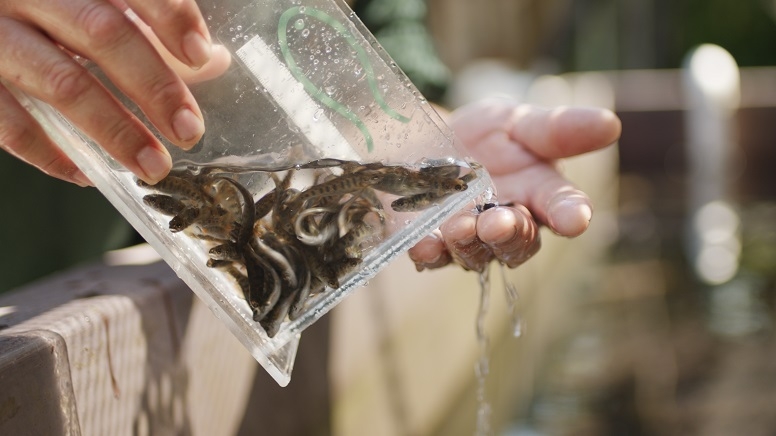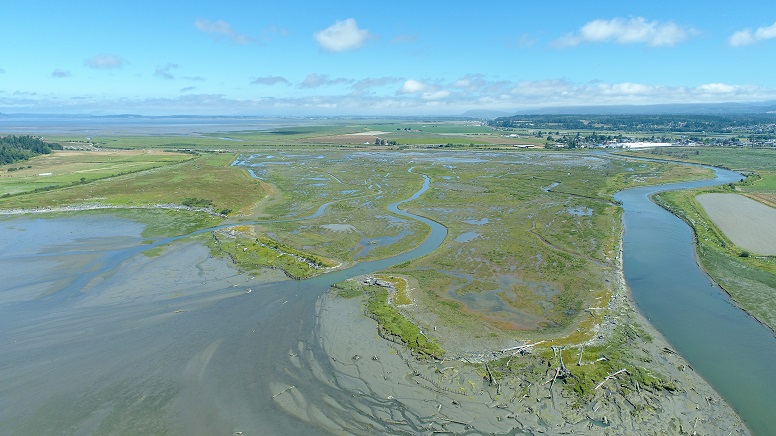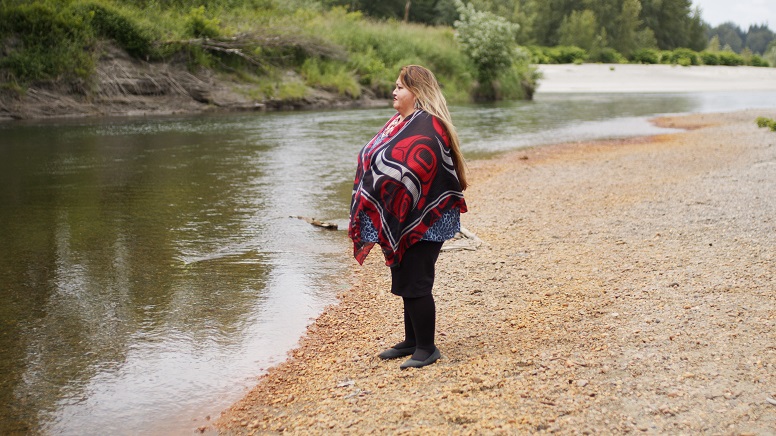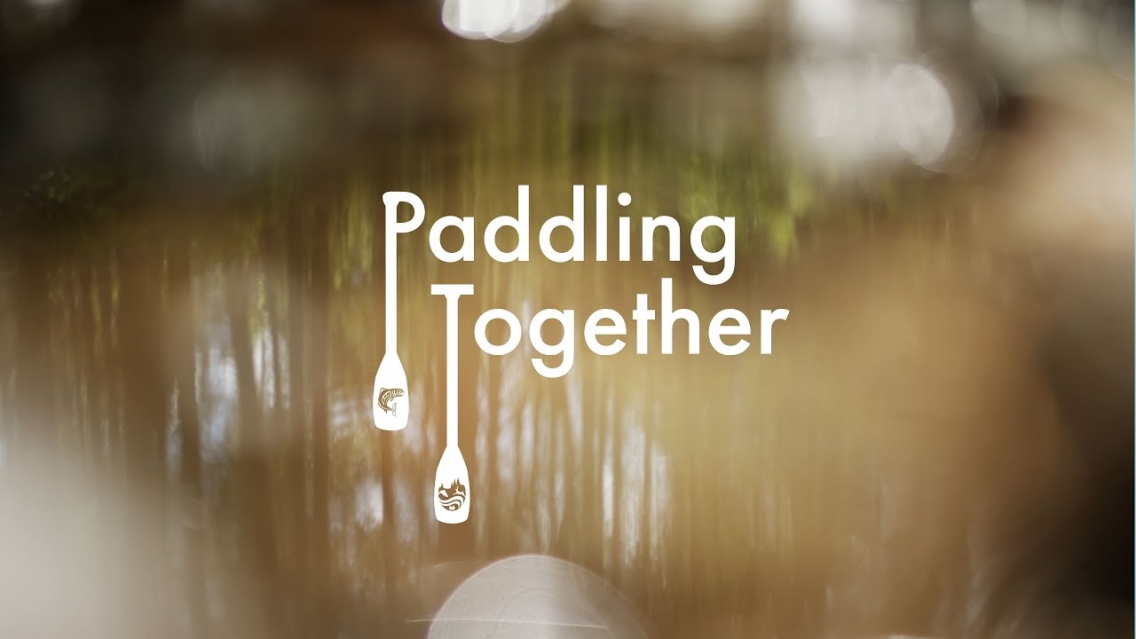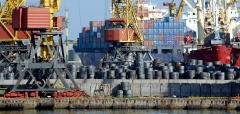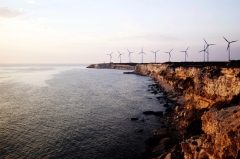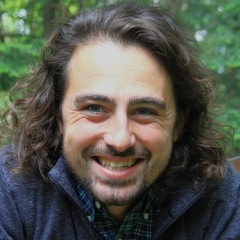America's Blue Economy Worth Nearly $373 Billion
| by NOAA Press Release & Rachel Christopherson
For the first time, the U.S. Dept. of Commerce will officially measure the economic contributions of the oceans, coasts, and Great Lakes in national income accounts. The Center for the Blue Economy’s Dr. Charles Colgan and the National Ocean Economics Program team have been innovating and advocating for 21 years to make this happen.

